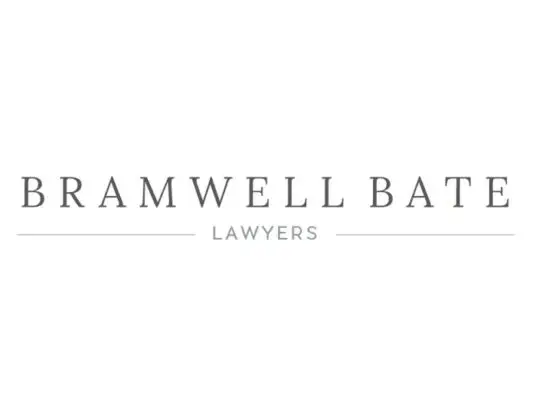Article by Edward Bostock, Director and Kelly Henderson, Legal Executive
One of the most significant impacts of Cyclone Gabrielle has been the damage and destruction to commercial and residential properties in Hawke’s Bay. Building officers are completing rapid building assessments on properties effected by the Cyclone.
To date, there are 100 red stickered properties (meaning the property has been seriously damaged) and 712 yellow stickered properties (meaning the property has been damaged and may need to be temporarily vacated) in the Hastings District. Understanding what rights landlords and tenants have if their property is affected is important. Commercial Leases What does “untenantable” mean?
The term “untenantable” is generally accepted to mean that a leased property has become so badly damaged or destroyed it can no longer be occupied or used by a tenant for the purpose intended in the lease. To determine whether a property is ”untenantable” the following points should be considered:
■ How permanent the damage is;
■ How long any repairs will take;
■ Whether the damage or destruction prevents the tenant from their right to use, enjoy and operate the property; and
■ What proportion of the term of the lease the property will be unusable for.
What does the Deed of Lease say? Landlords and tenants should look to the Deed of Lease as a guide for how to proceed when a property has been destroyed or damaged by an event such as Cyclone Gabrielle. Leases will generally contain clauses differentiating between properties that have been completely destroyed and those that have been partially damaged or destroyed. The ADLS Deed of Lease is commonly used for commercial leases and (subject to specific changes) this provides as follows:
1. Total Destruction
If the property or any portion of the property is so badly damaged or destroyed so as to render the property as untenantable then the term of the lease will automatically terminate from the date of destruction or damage. The tenancy may also be terminated if the landlord, acting reasonably, decides that the property is so badly damaged it requires demolition or reconstruction.
2. Partial Destruction
If the property or any portion of the property is damaged, but the property is not untenantable then the expectation is that the landlord will spend all insurance money received to reinstate the property. There are a number of points to note with this:
■ The landlord is not required to spend any amount of money greater than the insurance money received.
■ The landlord may carry out the repairs or reinstatement and use any materials and form of construction they see fit as long as the property is reasonably adequate for the tenant’s occupation and use of the property.
■ Until the repairs or reinstatement are complete, a fair proportion of the rent and outgoings shall cease to be payable from the date of destruction or damage.
■ If a necessary permit or consent (such as resource or building consents) is unable to be obtained, or the insurance money received is inadequate for the repairs or reinstatement required, then the term of the lease will automatically be terminated.
Not all commercial leases use the ADLS Deed of Lease and there are situations where there are no written lease arrangements at all. Residential Tenancies Section 59 of the Residential Tenancies Act 1986 deals with properties that have been damaged or destroyed due to a natural disaster and as with commercial tenancies, the requirements differ depending on the severity of the damage.
The property has been destroyed If your residential property has been destroyed or the damage is so severe that it can no longer be lived in, then either the tenant or the landlord can give notice to terminate the tenancy regardless of whether the tenancy is fixed term or periodic. In this case, the landlord must give seven days’ notice to a tenant, or a tenant must give two days’ notice. During this notice period the rent should be reduced accordingly. The property has been damaged If part of your residential property has been destroyed or damaged so that part can no longer be lived in, then the rent payable should be reduced accordingly. Either party can apply to the Tenancy Tribunal to terminate the tenancy.
The Tenancy Tribunal will make an order to end the tenancy if it is deemed unreasonable for the landlord to reinstate the property or for the tenant to continue with the tenancy even at a reduced rent.
We understand that this may be a stressful time for landlords and tenants alike. If your commercial or residential property has been destroyed or damaged and you are unsure what your rights are then please give our office a call – we are here to help. Contact: edward@bramwellbate.co.nz or kelly@bramwellbate.co.nz (06) 872 8210 www.bramwellbate.co.nz



